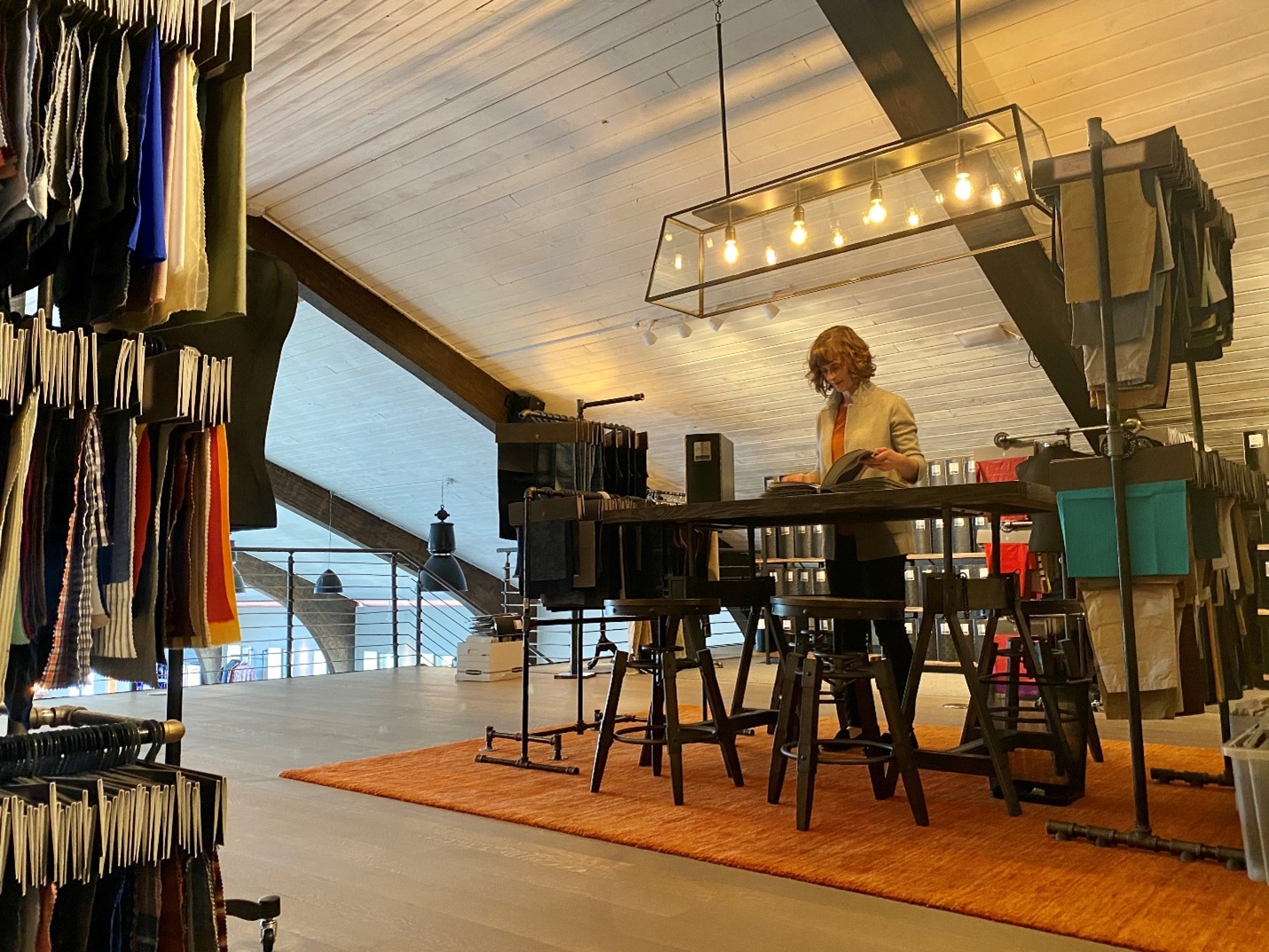Today it’s not enough that a garment feels right or looks good; many want and expect what we wear to do something. Young consumers are surrounded and connected to technology, and a natural extension would be the clothes they wear. The blend of fashion and technology has never been more relevant. Thankfully to service this trend, many companies are looking to fill the niche.
Technology enhancements to garments are not new, but the enhancement and quality level has undoubtedly come a long way from basic wicking and UPF protection. Fabric performance is not limited to durability and climate control today, but developments are also creating new opportunities for bio-friendly materials.
Exploring some of the newer innovations from the simpler to the more complex can provide some perspective on how far the industry has evolved.
Wicking
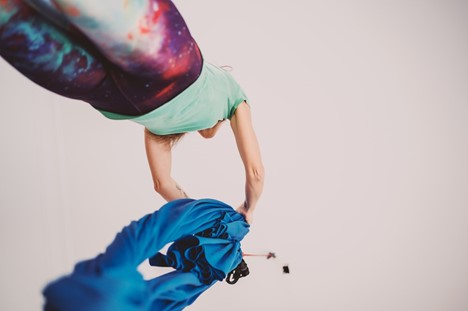
It is surprising how ubiquitous wicking is as a treatment and how little many know about what it does and the diversity of choices. Wicking, as a basic definition, is the ability of a particular fabric to rapidly move moisture from the wearer by capillary action along the fabric’s surface (diffusion) to allow for evaporative processes, thereby simulating the perspiration process our body naturally has to cool us.
There are more wicking products on the market than one can count, and the quality of the various products are not the same. Basic wicking treatments and the long-term success of the application are widely varied. Synthetic fabrics traditionally finished in the pad bath process can be notoriously weak and short-lived; in some cases only lasting a few washes before the wicking ability is diminished or eliminated entirely. Other techniques are incredibly robust, capable of withstanding 50+ washes without losing the nature of the treatment.
Though more expensive, mechanical wicking lends to more permanence. The actual yarn is created in a specific shape to create mechanical wicking where tiny capillaries in the hydrophilic yarn move the moisture to the garment’s surface with the same intent and action as the treatments above.
A little-known enemy of the wicking category of products is everyday fabric softener. Cleverly disguised in many standard softener treatments is the substance tallow dimethyl ammonium chloride. This is simply rendered animal fat combined with ammonia, which can seal the surface and dramatically reduce or eliminate the process entirely. Good research is essential to determine which softeners and consumer products will not have a negative effect.
Antimicrobial/Antiviral
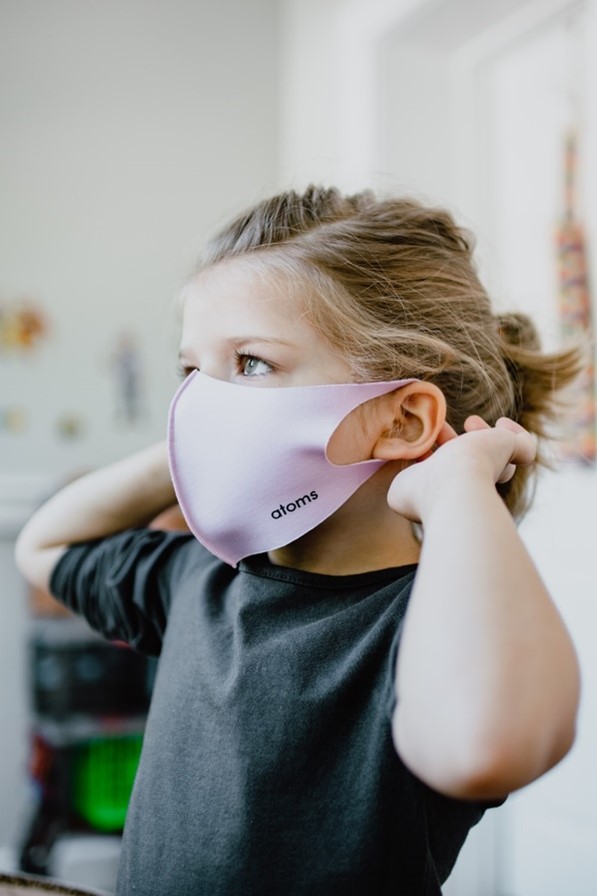
With the current COVID epidemic, a considerable portion of the industry has produced and secured PPP equipment to help those on the medical community’s front lines and consumers looking to protect themselves and others. Fabric innovation, advancements in antimicrobials, and inroads on antiviral substrates pave the way for effective added resistance levels in this changing world landscape.
What is the difference between antimicrobials and antivirals? Antimicrobials “inhibit the growth of” or “kill” (quat based) a wide array of gram-positive and negative bacteria. Antivirals work to target a much more difficult adversary and deactivate a particular or range of viruses.
Government regulatory agencies, specifically the EPA, stress that these treatments to textiles cannot claim safety or resistance against bacteria or viruses to the wearer. It requires that these treatments focus only on the positive impact to the fabric or substrate treated. The main reason the position is taken is there are many vector points of potential infection. However, it is not a far reach for individuals to understand how these treated fabrics’ applications to traditional PPP equipment can enhance the protective barriers already developed.
Sonovia is on the leading edge of an applied zinc oxide treatment that, when applied to the mask, deactivates the Coronavirus on contact. The zinc particles are embedded into the fabric via “cavitation” using sound wave technology. Many of the antiviral research projects in development are looking toward nano metallics such as zinc and copper.
There are numerous antimicrobials on the market, from pesticide-based triclosan to more healthy alternatives such as Chitosan, each with different mechanisms and efficacy. It is essential when exploring these for use on products to ensure proper application and testing is in place before making specific performance claims.
At the advent of the pandemic, the Stars Design research team determined a unique chitosan-zinc combination that resulted in positive deactivation of the virus. Early tests back from a central viral testing lab in Japan confirm the encouraging results. As situations such as the pandemic arise, it has been positive to see the textile community working hand in hand with the medical community to develop solutions.
Fungus/Mycelium

We are just beginning to understand the full scope of what roles, benefits, and applications that the Fungal Kingdom provides to the world around us. Fungus/mycelium represent the largest living organism on earth. Mushrooms-the fruiting body, and mycelium-the vegetive portion made of hyphae, are some of the most distinguishable components.
Mycelium is the large web-like structure that lies around dead materials like wood, plants, and animals and aids in decomposition. It then expands underground like a natural world wide web, connecting other plant life and allowing actual communication for plants and trees in the forest.
Can mushrooms make leather? In searching for sustainable natural substances to create new materials, a small group of forward-thinkers has created new textiles using mycelium to simulate leather. Many companies are developing this product: Myco Works (U.S.A.) Bolt Threads (U.S.A.), Mogu (Italy), and Neffa (Netherlands), and there are more on the horizon. In addition to a strong, sustainable, and renewable story, performance attributes such as water and fire repellency are exhibited on these unique fabrications.
Plastics and Our Oceans
 Our oceans are strained with the vast amount of plastic pollution that is dumped into them every year. Many sources state that over 8 million tons of plastic enter our oceans every year. One million sea birds and approximately 100,000 marine animals die every year from this severe sea condition. There are over 5.25 trillion macro and micro pieces of plastic clouding the water, being consumed by fish, which ultimately makes the way into our systems. Studies are currently underway to determine how harmful the effects will be on ourselves and our future generations. Yet, non-biodegradable plastic production is on track to reach over 700 tons globally by 2023.
Our oceans are strained with the vast amount of plastic pollution that is dumped into them every year. Many sources state that over 8 million tons of plastic enter our oceans every year. One million sea birds and approximately 100,000 marine animals die every year from this severe sea condition. There are over 5.25 trillion macro and micro pieces of plastic clouding the water, being consumed by fish, which ultimately makes the way into our systems. Studies are currently underway to determine how harmful the effects will be on ourselves and our future generations. Yet, non-biodegradable plastic production is on track to reach over 700 tons globally by 2023.
It is a huge problem, and there must be a universal voice to evolve plastic technology to avoid calamity. While not all ocean plastic can be found and removed, many aggressively focused groups make a difference by harvesting as much plastic as possible and creating effective solutions to reduce virgin plastic production and replace it with recycled plastic.
Eco-Friendly Solutions in Yarn
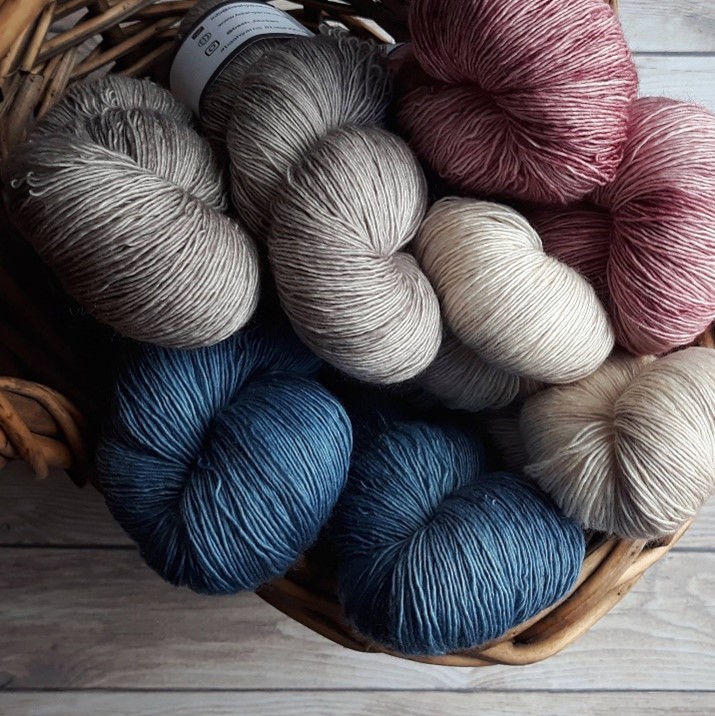 For over five years, Adidas partnered with Parley partners to divert plastic from entering the ocean by converting the plastic waste into yarn for shoes and apparel. Today, over 44 styles on the website use this technology, and millions of units are produced to end virgin plastic production by 2024.
For over five years, Adidas partnered with Parley partners to divert plastic from entering the ocean by converting the plastic waste into yarn for shoes and apparel. Today, over 44 styles on the website use this technology, and millions of units are produced to end virgin plastic production by 2024.
Unifi has recycled to date over 23 billion plastic bottles to create yarn for textiles under the brand name Repreve. This certainly makes an impact. As more companies recognize the need for more eco-friendly solutions and production becomes more affordable, recycled plastic can become sizeable. Challenges exist as there is a limit to the number of times plastic can be recycled as strength degrades with each pass through the process, and the fiber is not as durable as a virgin yarn.
The Polyester Problem
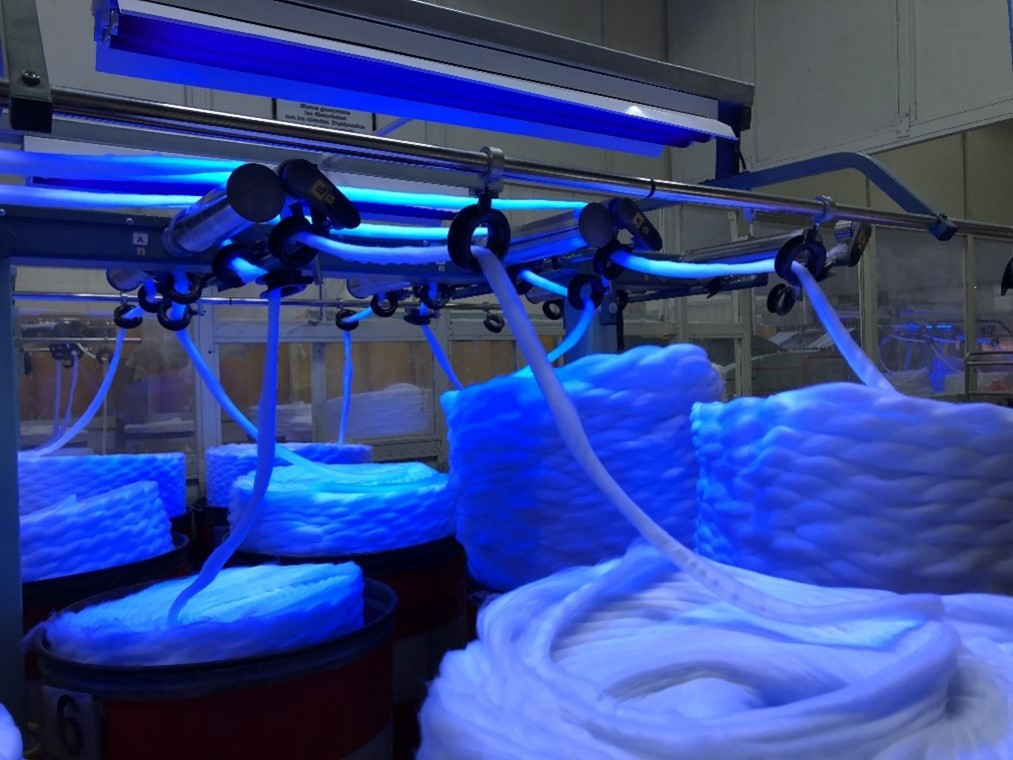 Polyester is also merely another plastic as it is created with polyethylene terephthalate. This specific content is expected to be over 65% of the fabric production in the next three years. Estimates are that the world will produce over 125 million tons of this fiber by 2025.
Polyester is also merely another plastic as it is created with polyethylene terephthalate. This specific content is expected to be over 65% of the fabric production in the next three years. Estimates are that the world will produce over 125 million tons of this fiber by 2025.
Thankfully, some actual biodegradable polyesters are being developed. Dupont’s Alexa, Ciclo, and Duvaltex are pioneering this new polyester class that breaks down like its natural counterparts in landfills.
The Horizon
 Technology moves at a furious pace, and this is no exception in the apparel world and fabric innovation. Fabrics that change color based upon the wearer’s input, self-healing fabrics, textiles that continuously provide information on our health, and 3D printing are but a minor glimpse of what’s to come.
Technology moves at a furious pace, and this is no exception in the apparel world and fabric innovation. Fabrics that change color based upon the wearer’s input, self-healing fabrics, textiles that continuously provide information on our health, and 3D printing are but a minor glimpse of what’s to come.
It is important that future effort will be more focused on biodegradables and eco-friendly dyestuffs and treatments. Demand for apparel is growing globally as countries like China and India take the lead as the largest consumers. Solutions for eliminating an eco-disaster in the future must begin at the fiber, yarn, fabric, and dyestuffs level. Additionally, the fashion world demands increased performance, maintaining tactile hand-feel, and an aesthetically pleasing visual on every textile. To effectively make a difference, they must be scalable and have levels of affordability to replace their inexpensive problematic predecessors.
As the fashion economy continues to evolve and more consumers engage online, there are more opportunities to develop a dialogue with its audience directly. Important environmental and human condition conversations can be embraced along with aesthetic viewpoints.
This past year, COVID has inspired greater connection in the apparel industry, and the consumer has become more engaged in prioritizing relationships with brands that make a positive difference. I look forward to fostering more conversations to weave the innovations technology can provide with the demands of the consumer and the needs of our ever-changing world.
Bret Schnitker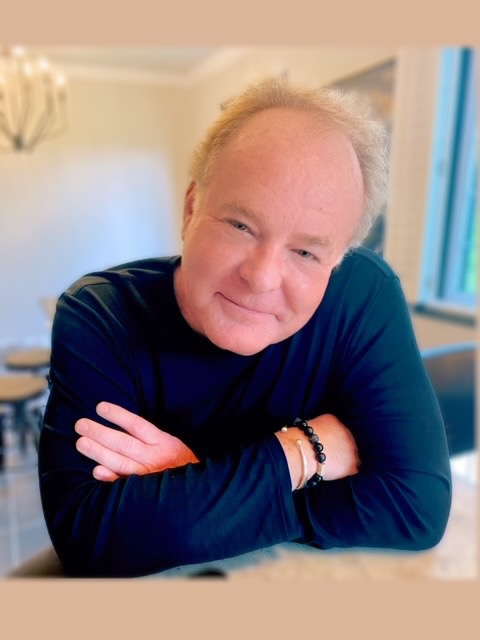 , CEO and President of Stars Design Group is a fashion industry executive with nearly 30 years working in all facets of the sector. During his tenure at a $3b retail organization, Bret managed greater than $1b in retail as Director of Design and Development, which cultivated his design aesthetic and aptitude for trend forecasting. In his role with Stars Design Group, he brings vast technical expertise in all categories of the apparel industry, fulfilling design and manufacturing for major brands and retail on a global footprint.
, CEO and President of Stars Design Group is a fashion industry executive with nearly 30 years working in all facets of the sector. During his tenure at a $3b retail organization, Bret managed greater than $1b in retail as Director of Design and Development, which cultivated his design aesthetic and aptitude for trend forecasting. In his role with Stars Design Group, he brings vast technical expertise in all categories of the apparel industry, fulfilling design and manufacturing for major brands and retail on a global footprint.
About Stars Design Group: Founded by industry experts, Stars Design Group global fashion design and production house that helps clients bring their apparel to market. We consult, design, and facilitate production and delivery.
Understanding that the apparel industry is about evolution and not revolution, we continue to refine the way the industry does business. Embracing the latest 3D design and development software, we help to refine the design and approval process in a digital landscape, paving the way for rapid decisions and execution of programs while reducing mistakes, improving fit, minimizing returns, and increasing profit margins.
With a network of 67 factories in 14 countries worldwide, our relationships are generations deep. Being diverse in our manufacturing locations, we are nimble in an ever-evolving landscape and provide ethically manufactured apparel and accessories.

